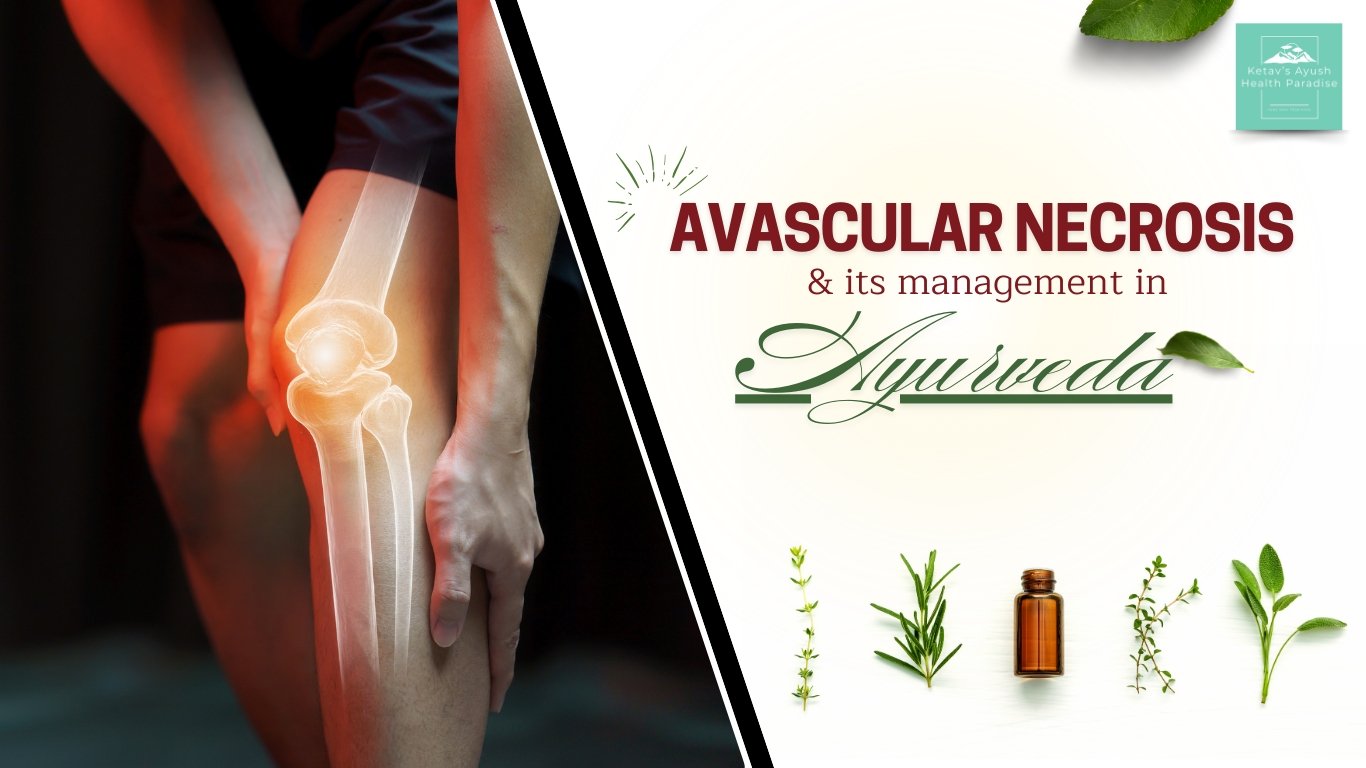Avascular necrosis is an ischemic bone condition where the death of bone tissue occur due to lack of blood supply. It is a painful condition of the bones which get worse with passage of time. It is known with other names also, as osteonecrosis, aseptic necrosis, or ischemic bone necrosis.
Its causes may be accidents, a few bad habits, medicines, radiation therapy, etc., leading to pain, stiffness, limited or restricted movements. The treatment options vary depending on the severity of the issues, including painkilling anti-inflammatory medications, surgery, physiotherapy, assistive devices to reduce the load on the bone joint, and panchakarma treatment for holistic care. However, the prognosis of AVN depends on many factors, including the age of the diseased, stage of the disease, comorbidities like diabetes, hypertension, and vascular diseases. Since it is a progressive disease, the prognosis is often poor.
Whereas, with Ayurveda one can expect better results in the stage I, II and III stage where bone tissue and vascularity can be restored without surgery. Ayurveda diagnosis of the avascular necrosis can be correlated with Asthimajjagata vata – Where vitiated vata dosha get lodged in to bone and bone marrow tissues and impaired the vascularity and dries up the bone due to inadequate nourishment. Ayurveda line of treatment is to bring back the dosha balance by shodhna therapies, so that all the malfunctions get corrected, followed by Rasayana therapies to nourish and rejuvenated the tissues.
Introduction: A temporary or permanent loss of blood supply to the bone leads the collapse or death of bone tissue this condition is called as avascular necrosis. This condition may happen in any bone. It most commonly happens in the ends of a long bone. It may affect one bone, several bones at one time, or different bones at different times. With passage of time the condition gets worse. Depending on the severity of the symptom and bone damage it is divided in to I, II, III and IV grades.
Possible causes of AVN:
- Prolong use of steroids.
- Excessive alcohol consumption and smoking.
- Vascular diseases related to abnormal blood clotting.
- Post accidents, dislocation, fracture, Osteoporosis etc.
- Autoimmune diseases like SLE, HIV etc. which impact bones and circulation.
- Radiation therapy or chemotherapy.
- Post covid infection or prolonged covid infection.
Common Sign and symptoms:
Some people have no symptoms in the early stages of avascular necrosis. At first, it might only hurt when you put pressure on the affected bone. But as the disease progresses it typically becomes very painful Then, pain may become constant. The time between the first symptoms and bone collapse can range from several months to more than a year. The most common symptoms in all the case of AVN are;
Pain: Pain in the joint that may increase over time, and can occur even at rest. Pain can be mild or severe, and may be intermittent at first.
Restricted motion: affected joint or bone have limited range of motion.
Limping: in case of hip AVN limping is most prominent symptom.
Stiffness: along with Pain stiffness will always be there and in chronic cases it gets worse, due to that there will be difficulty in climbing stairs, standing, or walking.
Investigations & Diagnosis:
AVN is diagnosed through a combination of a medical history, physical exam, sign and symptoms and imaging tests like; X-Rays, MRI, C T Scan, Bone Scan etc.
Ayurveda view of AVN:
Ayurveda diagnosis of the avascular necrosis can be correlated with Asthimajjagata vata – Where vitiated vata dosha get lodged in to bone and bone marrow tissues and impaired the vascularity and dries up the bone due to inadequate nourishment. Ayurveda line of treatment is to bring back the dosha balance by shodhna therapies, so that all the malfunctions get corrected, followed by Rasayana therapies to nourish and rejuvenated the tissues.
Our approach toward the management of AVN is to prepare the body and mind for the Shodhana procedures. These therapies includes snehana, swedna , relaxation procedures like shirodhara , mastishkya ,paranayama , dhyana etc along with controlled Ahara- Vihara ( dietary and behavoural regimen). This is followed by the shodhna therapies, which are customized as per the prakrity (constitution), rogi bala (strength of the patient), rog bala (stage of the disease) and few other factors. Hence there will be a personalized approach to correct the pathology. After the removal of toxins doshas get free to reset their natural equilibrium and carryon their physiological functions. Rasayana or rejuvenation therapies followed by the shodhna, helps to repair the tissues and may help to correct the vascularity and reverse the degenerative changes.
This ayurvedic approach to address the AVN, can be very successful if there are less comorbidities, also the prognosis depends severity of damages already happened in a particular area. Early diagnosis and early treatment can prevent the worsening of the disease.
“Ayurveda is to heal you, protect you from misery & to make your life livable”


